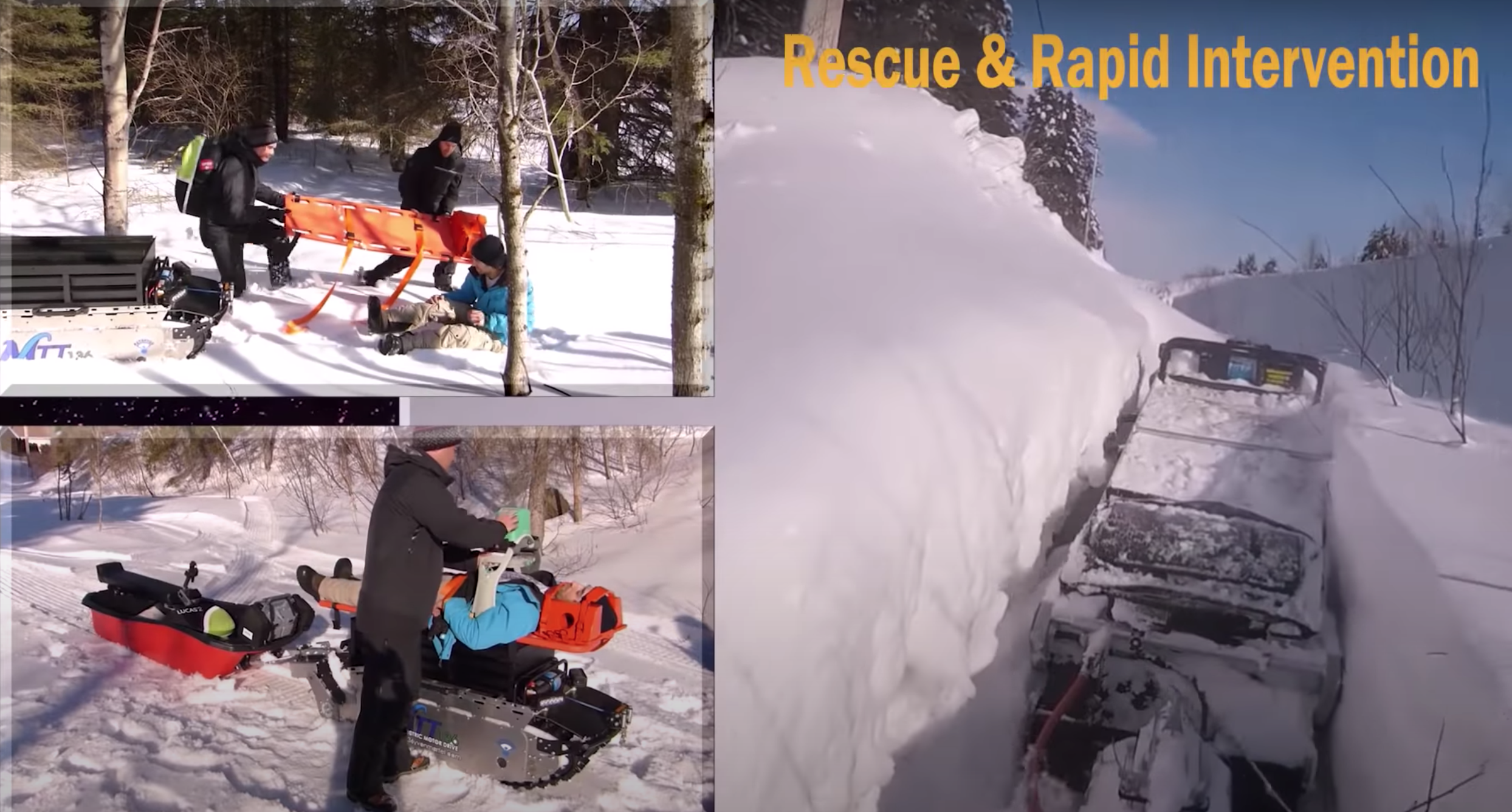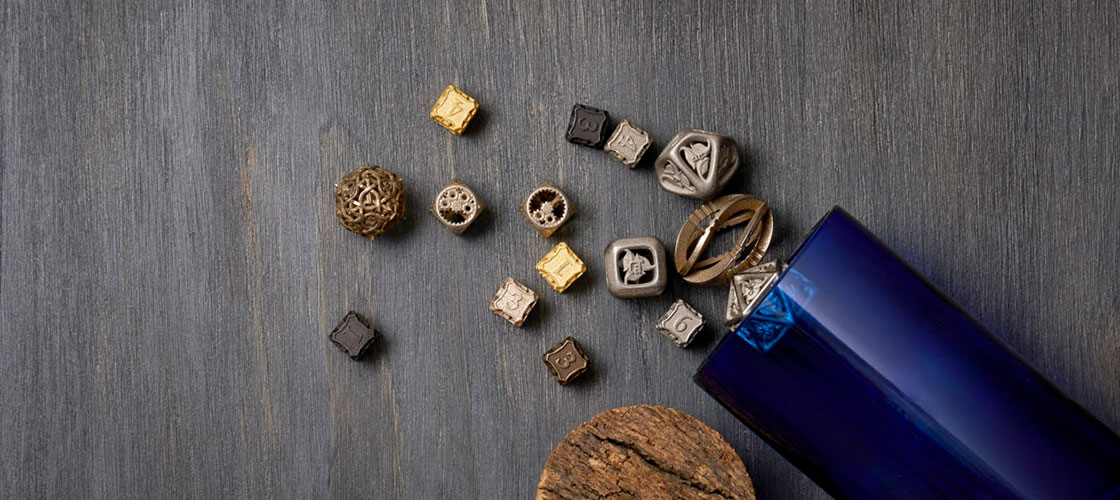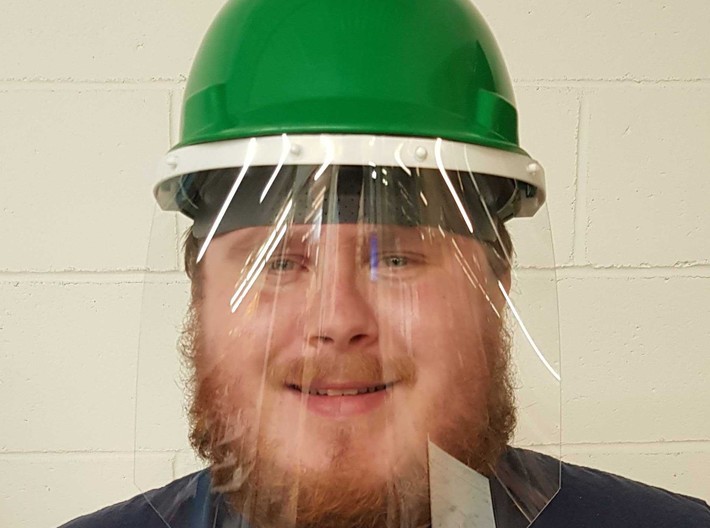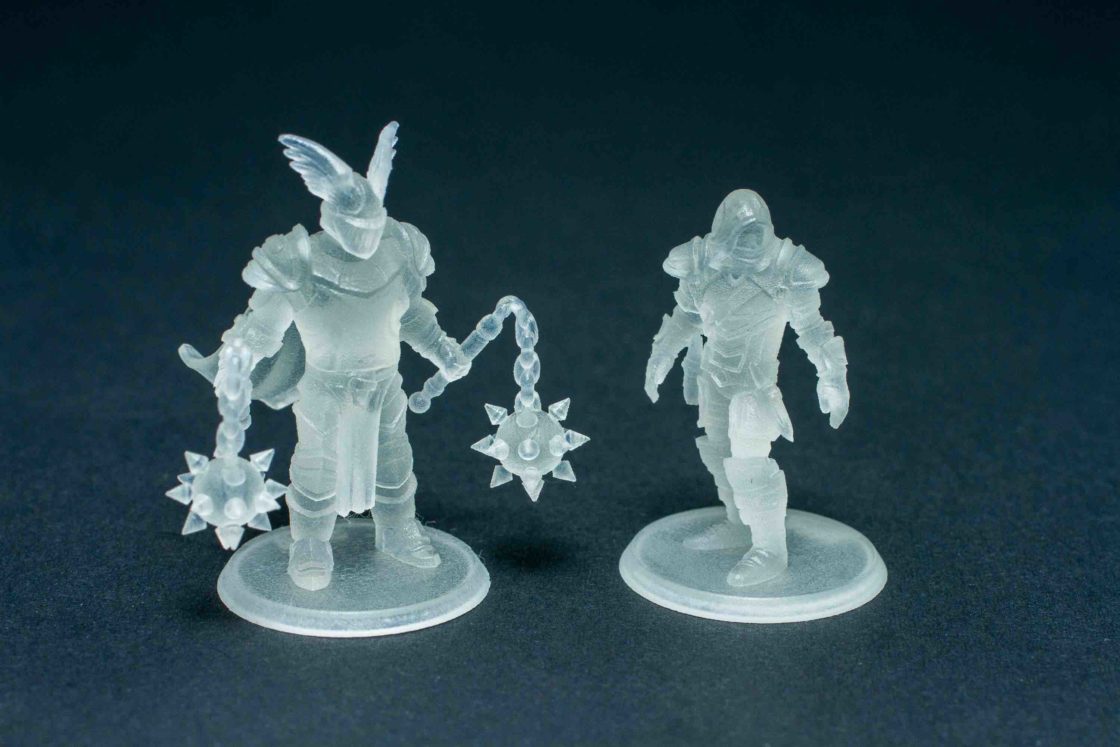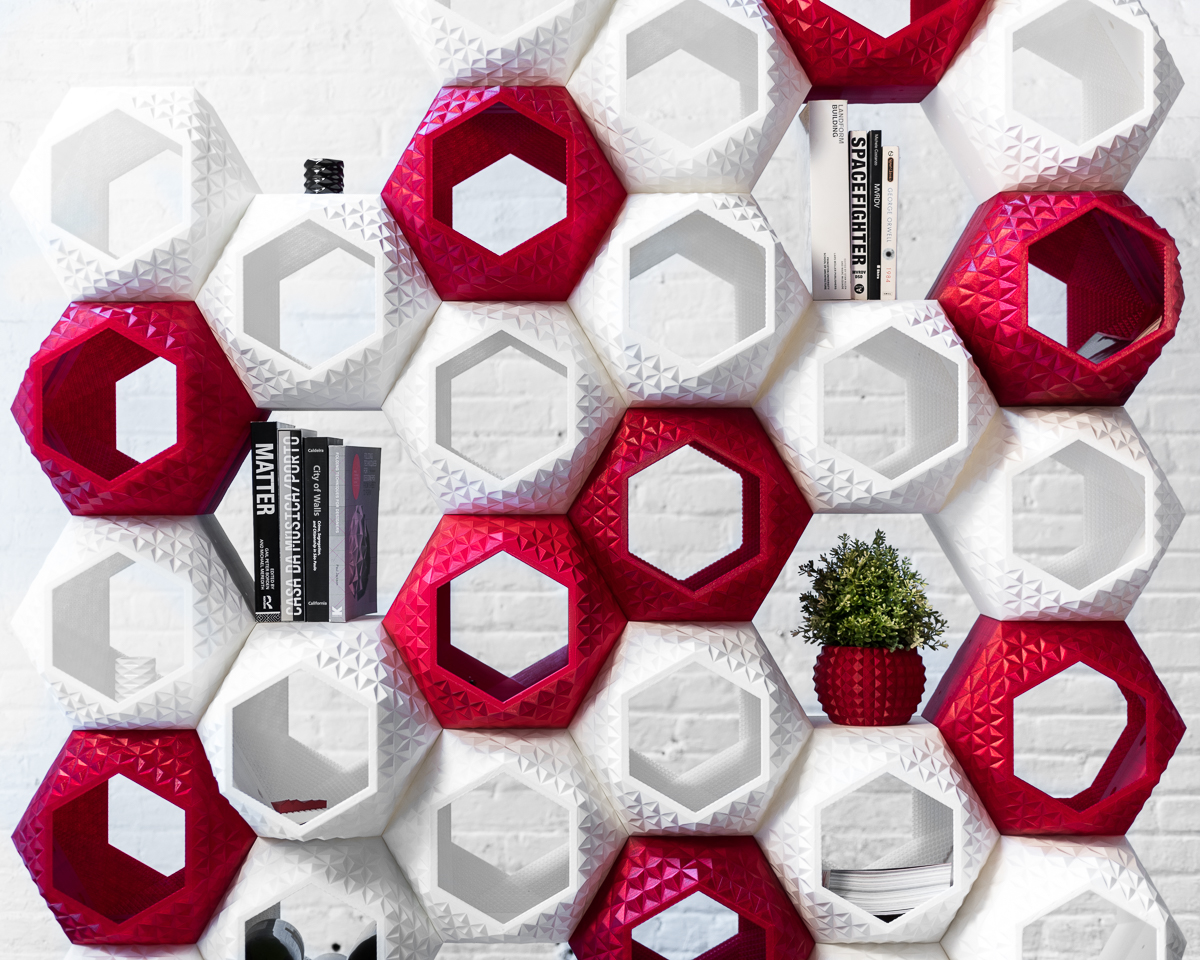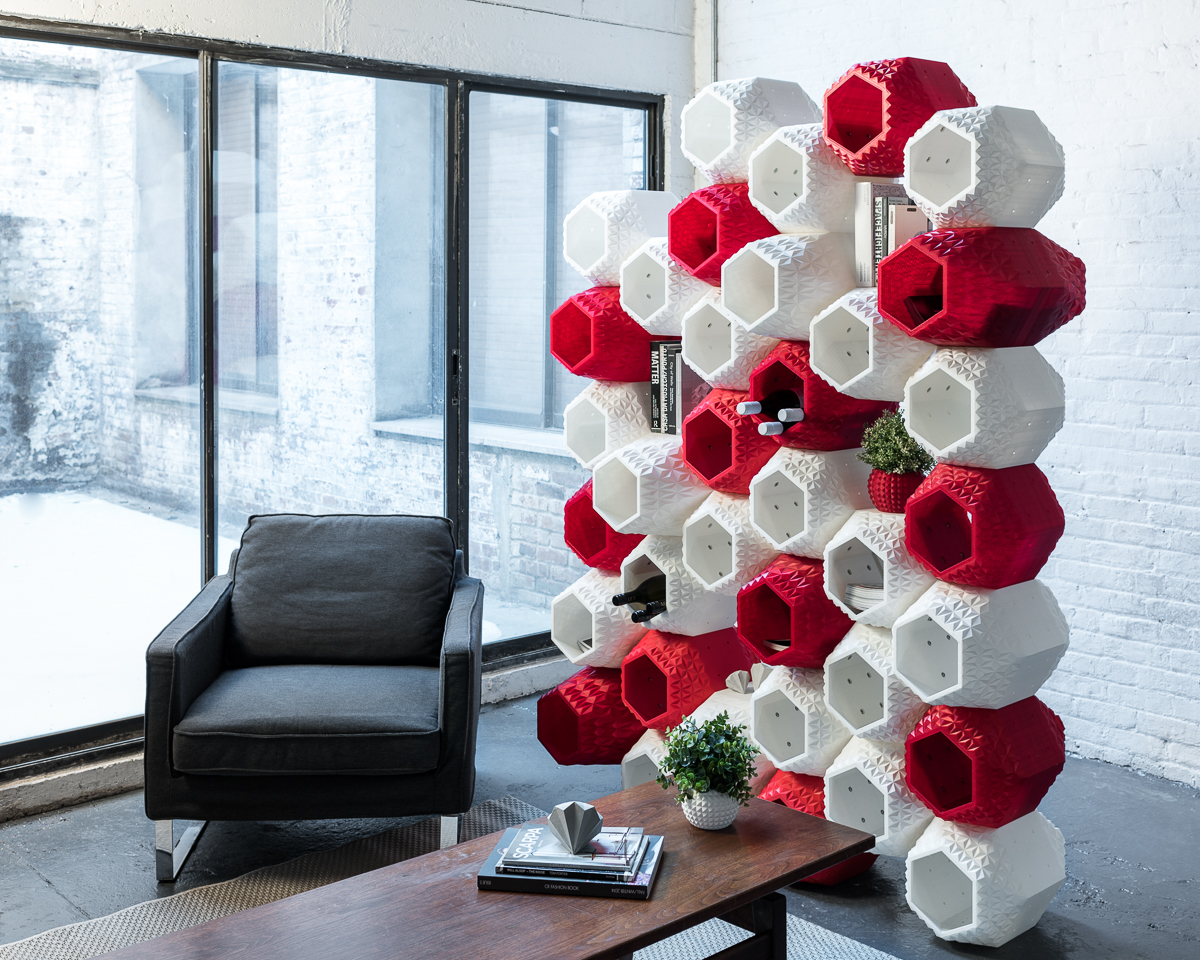Quantum Systems is a Munich-based company specializing in advanced eVTOL (electric vertical take off and landing) drones. Most recently Quantum Systems tested using their Trinity F90+ to deliver medical samples, opening up new possibilities for applying drone technology to facilitate medical needs.
Founded in 2015, the company has grown quickly by utilizing 3D printing from the beginning of their journey. From rapidly prototyping to printing laser-sintered serial production parts, 3D printing allows for the production of complex but lightweight parts that are free from design constraints, cutting time and mistakes while keeping costs at a minimum.
Quantum Systems has used Shapeways’ printing services to create the ultimate eVTOL aircrafts. We interviewed their CEO, Florian Seibel, to gain more insights on how 3D printing contributes to their drone-making process.
What is your name and role at Quantum Systems?
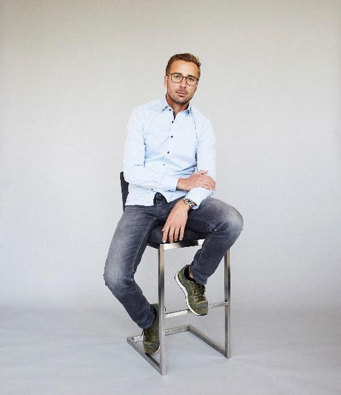
I am Florian Seibel, and since the founding of Quantum-Systems GmbH in 2015, I’ve held the position of CEO.
The core team of the founders got to know each other as part of their scientific work at the Institute of Flight Systems of the German Armed Forces in Munich. My expertise is the development and the operation of small unmanned aerial vehicles with the focus on design, construction and production methods. With my vision of a licensed, VTOL fixed-wing UAV, I was the initiator of the patent to secure the innovative aspects of the UAV and the driving force behind the founding of the company Quantum-Systems GmbH.
Tell us more about Quantum-Systems
Quantum-Systems GmbH was founded in 2015 in Munich and specializes in the development and production of automatic, electric vertical take-off and landing (eVTOL) fixed-wing drones for a wide variety of use cases. The 50+ employees are working intensively on combining range and electric efficiency with the ability to vertically take off and land without additional equipment.
Our passion is the continuous development of industry-leading VTOL aircrafts. With our ready-to-operate systems we serve a wide range of customers. We help to increase yields in agriculture, fly 3-D reconstruction missions, do tactical mapping for security forces or provide mission-critical video footage in real time to military users. Made in Germany, non ITAR and no back doors in soft or hardware as all of our flight planning and autopilot software is designed in-house.
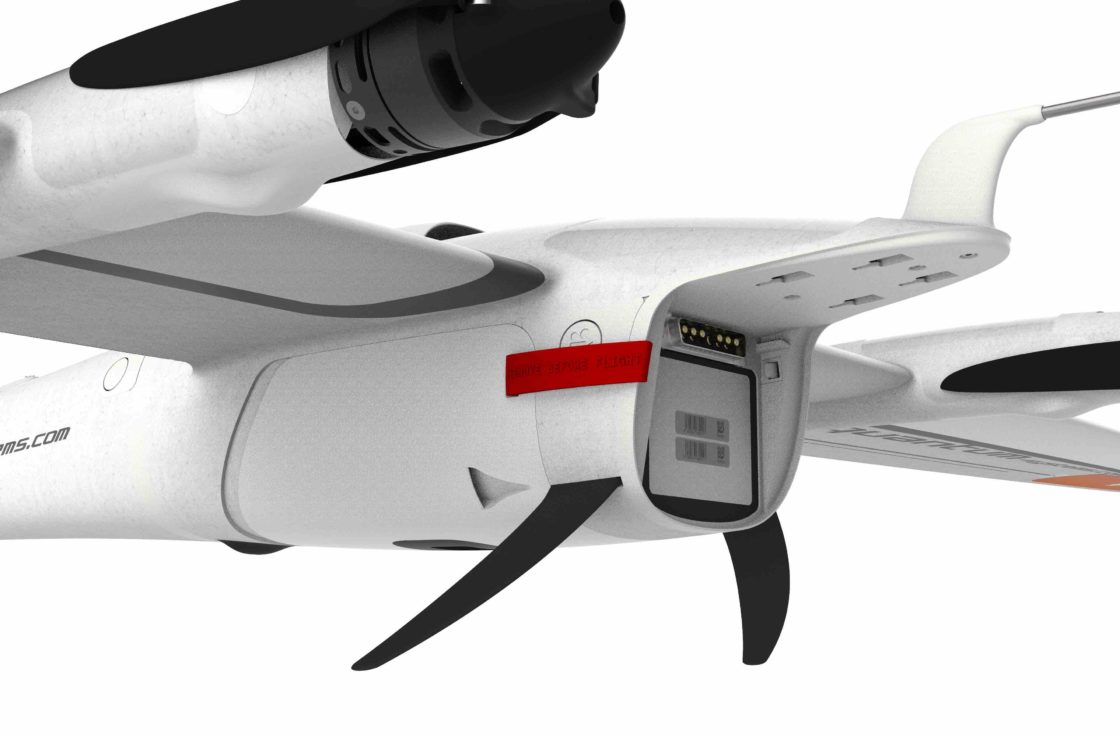
Why did you choose additive manufacturing and not alternative manufacturing processes?
The complex geometry of 3D-printed parts saves weight by using synergy effects. With synergy effects we mean that with 3D-printed parts we are able to reduce the total number of parts by designing multiple-use parts with integral functionality.
What are the benefits of using additive manufacturing with Shapeways vs using traditional manufacturing?
We used 3D-printing right away, so there is no comparison. Quantum-Systems is a young company. Only because of the fact that we have integrated this manufacturing method into our manufacturing and development process, have we been able to significantly reduce development time. For injection moulded parts we save around 10 weeks by using 3D-printed samples to release the CAD data. The probability that these parts need a second loop of corrections is quite low in this way. For cnc-manufactured parts it is the same, we just often skip the first round of samples with 3D-printed parts which saves us 3-4 weeks. In general I would say 3D-printing saves us 20-50% of time, depending on which parts we design.
What do you value most in additive manufacturing services?
We can have fast iterations in development
and save time to mature our prototypes.
Why did you choose Shapeways?
Simple customer interface and good print
quality! And on top of that, you are quick!
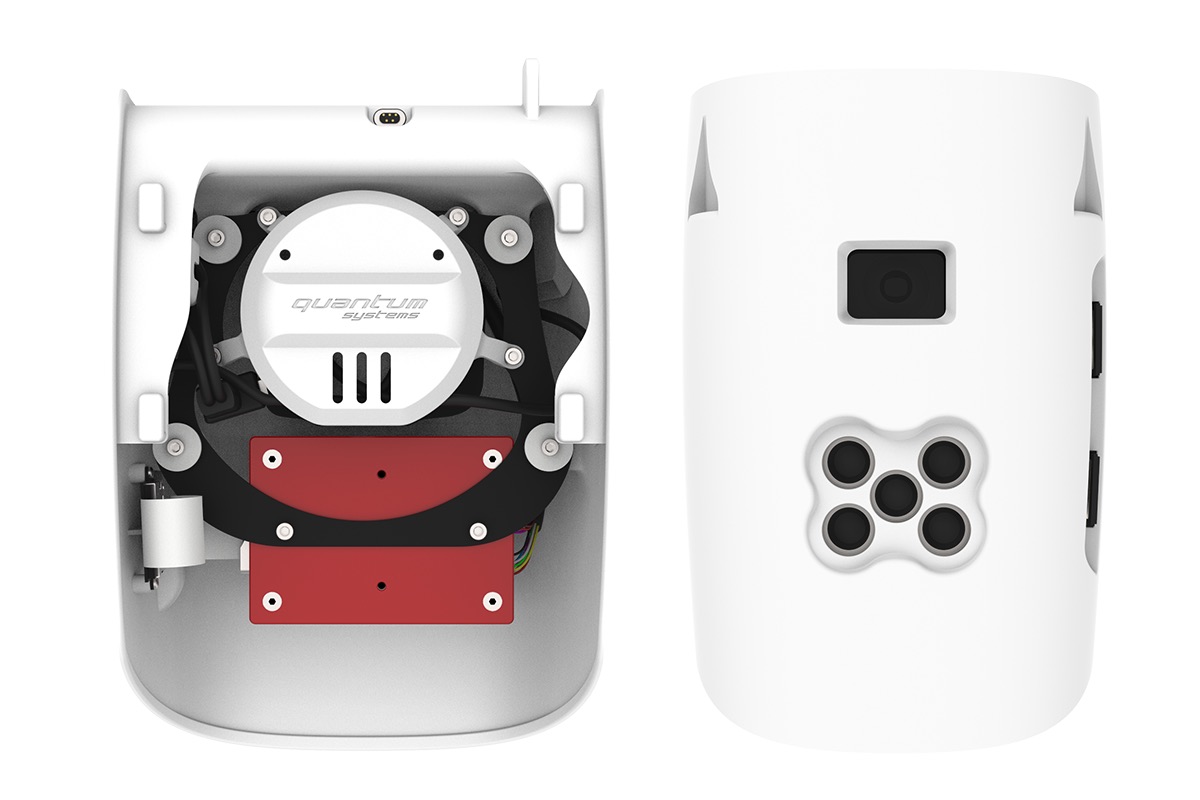
What types of 3D printing do you use Shapeways for?
We have many prototype parts and even some
serial production parts laser sintered.
Which materials do you print in and why?
In general, we order Versatile Plastic and HP (Multi Jet Fusion PA12), sometimes colorized. The material properties are perfect for building light and strong drone parts. We prefer HP at the moment, but for some parts, especially big ones, we order Versatile Plastic due to the price.
Any future projects on the horizon?
A lot! And fortunately, all projects
require the use of 3D printing. The drones sector still offers a lot of room to
pack more features into smaller and more flexible products.
3D printing prototypes and parts has given Quantum Systems the ability to cut substantial time, effort and potential mistakes by streamlining their production process. See how Shapeways can help you prototype and take your designs to the next level.
The post Quantum Systems’ Drones Take Flight with the Help of 3D Printing appeared first on Shapeways Blog.



